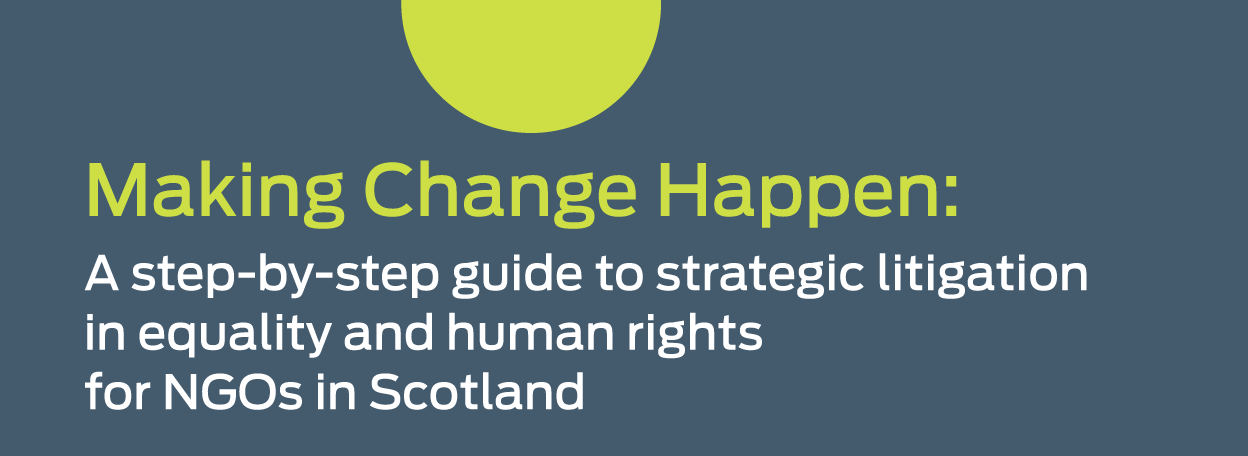Step two: Put it in writing
In your initial planning stages, it can be helpful to put down in writing exactly what the issue is, and to your knowledge, what law or policy applies to the issue.
Draw together any evidence you have or that you can find around how this issue impacts many people or is strategic in some way.
Be clear about what you know but also about what you do not know.
This initial clarity will then help you with the next stages of strategic planning.
Draw together any evidence you have or that you can find around how this issue impacts many people or is strategic in some way.
Be clear about what you know but also about what you do not know.
This initial clarity will then help you with the next stages of strategic planning.

